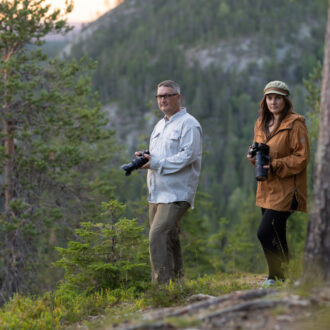Equal through digital
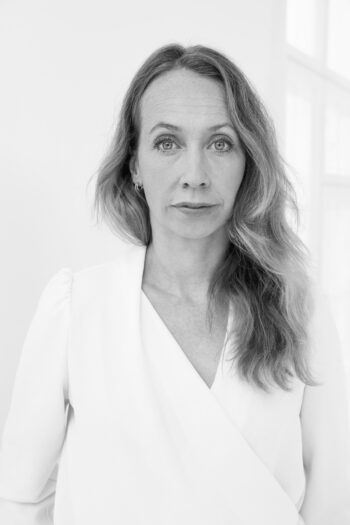
Johanna Poutanen and her team at CMI use digital tools to help make peace processes more inclusive and effective.Photo: Outi Törmälä
Johanna Poutanen works as the head of Women in Peacemaking at CMI – Martti Ahtisaari Peace Foundation. Digital tools can help make peace processes more equal, she says.
“Whether it’s an international conflict or a domestic affair, the first step is always listening. Too often we focus only on the stated demands. Instead, we should try to understand what are the needs and interests underlying those demands.
To come up with sustainable solutions to conflicts, women must be included in the peacemaking process. Women form over half of the world’s population, yet their viewpoints are underrepresented. Our job is to ensure that the high-level mediators have the tools, skills and practical strategies in place for gender-inclusive mediation.
We have been applying digital platforms and tools in peacemaking at CMI for a decade. Technology can bring new layers to the dialogue globally and involve people that we wouldn’t be able to reach otherwise.
We use digital platforms to identify key priorities and interests of a wide range of participants. In face-to-face dialogues they’re utilised to enhance participatory analysis and collective sense-making. By offering anonymity, these platforms help equalise power dynamics among participants.”
Unity in diversity
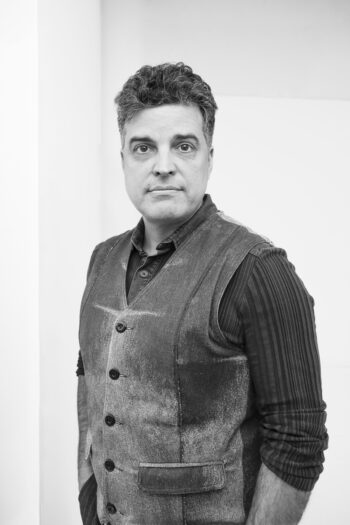
Aram Aflatuni’s Gutsy Go programme empowers students across Finland to create social action projects that strengthen community bonds.Photo: Outi Törmälä
Gutsy Go is based on the idea that working for the good of others improves one’s own wellbeing, as well as promotes peace in society. Founder Aram Aflatuni tells us what makes the method so special.
“According to research, 80 to 90 percent of youth consider their most important task to change the world for the better. Ten years ago we decided to create a model by which all schools can teach peace skills such as creating social action projects for the welfare of people and enhancing unity in diversity in a group.
Gutsy Go has trained thousands of young people and teachers in over 20 locations in Finland. Students have, for example, developed a food service for those in need, crossed the generation gap by organising outdoor activities for elderly people, taught IT skills to released prisoners and eliminated fears of going to school with immigrant children.
Each project is documented on video and shared on social media. The most popular ones have reached over one and a half million viewers.”
Everything starts with dialogue
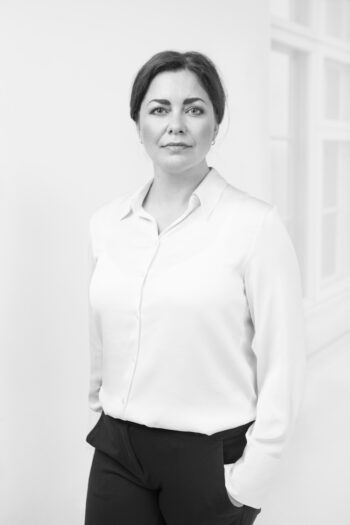
Laura Arikka leads the Timeout Foundation, which encourages respectful dialogue through accessible, structured conversations.Photo: Outi Törmälä
Timeout is a method for building a respectful dialogue. It is important that everyone can share their views without interruptions, says the CEO of the Timeout Foundation, Laura Arikka.
“Before joining the foundation, I was a human rights expert working in the Evangelical Lutheran Church of Finland. Working both in conflict areas and multicultural projects, I learned what makes or breaks a dialogue.
The Timeout method allows people to be seen and heard. We have made Timeout as accessible and easy to use as possible. The materials and tools are available for free on our website.
Constructive and respectful conversations happen through listening. It is important that everyone can share their experiences and viewpoints without interruptions. The method can be used in workplaces, communities, schools or cities, to name a few, to gain better understanding of a chosen topic.
Sometimes the goal is to gain insight to be used in decision-making. The prime minister’s office used the method to create a report on the future of Finland. Over 300 people aged between 12 and 85 from over 50 cities, and from various backgrounds, took part in the conversations to share their views and life experiences.”
Peer power
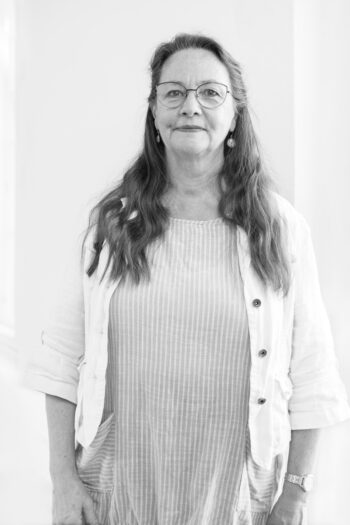
Maija Gellin trains young people to resolve everyday conflicts through dialogue as part of the VERSO peer mediation programme.Photo: Outi Törmälä
In the VERSO programme, young people and children are trained as mediation experts. Director Maija Gellin sees every conflict as a learning situation.
“In the 1990s, I worked with young people with special needs and I learned that many young people’s lives go in the wrong direction due to bullying at school. However, there was no method that would give young people an active role as mediators or that understood the positive power of a peer group. So, in 2000 I developed and launched VERSO with my work group.
In the VERSO programme, children are seen as experts in solving daily disputes as soon as they arise. We train young people and children as well as school and kindergarten staff to see every conflict as a learning situation. Often someone has been left out, there has been gossiping or name-calling. Instead of looking for the guilty party, the idea is that each person is a valuable expert in solving their own conflict.
Through dialogue, children and young people learn to understand each other’s experiences, and recognise the needs behind the conflict. Only after this can the parties find solutions to which they commit. No one is punished or stigmatised, but the focus is on solving the problem in order to build a better future.”
By Laura Iisalo, ThisisFINLAND Magazine
